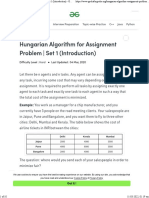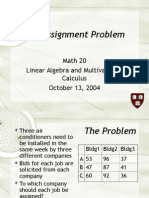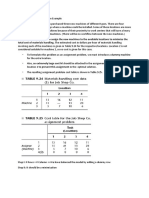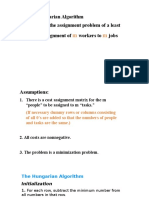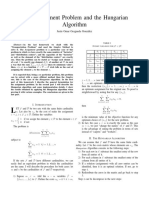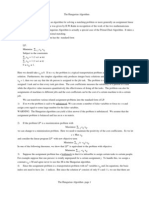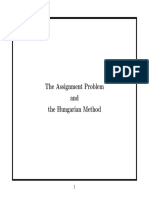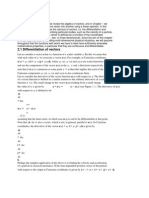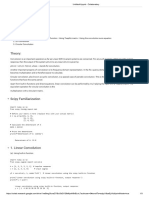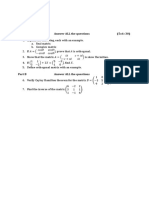0% found this document useful (0 votes)
12 views4 pagesWAEP Applications U34 Hungarian Algorithm
Uploaded by
msfernandoCopyright
© © All Rights Reserved
We take content rights seriously. If you suspect this is your content, claim it here.
Available Formats
Download as PDF, TXT or read online on Scribd
0% found this document useful (0 votes)
12 views4 pagesWAEP Applications U34 Hungarian Algorithm
Uploaded by
msfernandoCopyright
© © All Rights Reserved
We take content rights seriously. If you suspect this is your content, claim it here.
Available Formats
Download as PDF, TXT or read online on Scribd
/ 4

